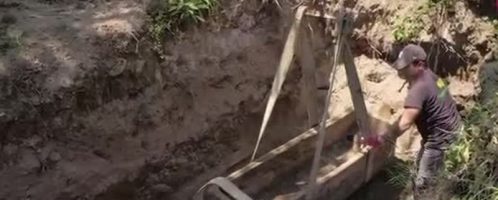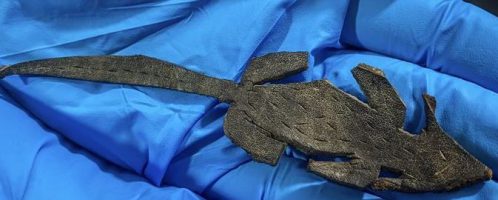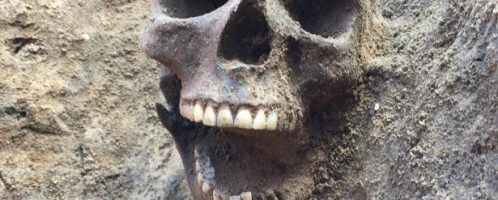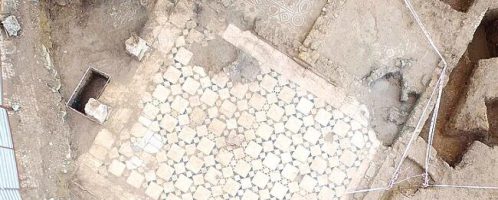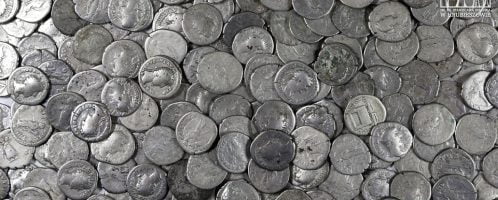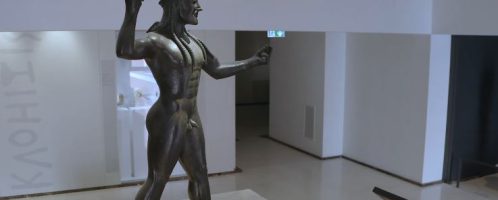If you have found a spelling error, please, notify us by selecting that text and pressing Ctrl+Enter.
Discoveries and news in Rome
All the latest information about discoveries from the world of ancient Romans. I encourage you to let me know about any Roman news and to indicate any corrections or inaccuracies. I try to search for material everywhere, but it is natural that not everything will be noticed by me.
Archaeologists found 3 skeletons from Roman times in Lincoln
Archaeologists came across three skeletons from Roman times in Lincoln (north-east of England), where student housing is to be built.
Roman mosaics were discovered in Turkey
In the south of Turkey, in Manavgat, Roman mosaics and remains of a church from ancient times were found. Mosaics show, among others animal images. The discovery was made at the end of last year. Research is currently underway.
Roman ships were excavated in Serbia
In Viminacium (present city of Kostolac, in northern Serbia) a few weeks ago the remains of Roman ships and boats were found. Thanks to the employees of a nearby coal mine, the remains were brought to the surface from the bottom of the Danube.
Unbelievable Roman discovery in Poland
In the area of Hrubieszów (eastern Poland), an amazing discovery was made. An amazing treasure was found in the ground in the field – 1753 silver Roman coins (denarii), dated to the 2nd – 3rd century CE. The coins feature images of emperors from Nerva (96-98 CE) to Septimius Severus (193-211 CE).
Virtual tour in The National Archaeological Museum in Tarent
Ministero per i Beni e le Attivita Culturale – Italian Ministry of Heritage and Culture presents a promotional video and a virtual mini-tour in one of the greatest museums of Italy, The National Archaeological Museum in Tarent, called MARTA.
Virtual tour in Louvre
Many museums offer virtual tours of their galleries, so we can admire selected works of a particular collection. A link to the masterpieces of the Antiquities Department at the Louvre is attached.
Virtual tour in Louvre
Many museums offer virtual tours, so we can admire the artefacts of our favourite collection. Please find enclosed the link to the Department of Greek, Etruscan, and Roman Antiquities in the Louvre Museum.

